Improve Your Shopify Store’s Speed by Upgrading Shopify 2.0
Overview
The following were the major enhancements in Shopify 2.0.
- 1. Improved Meta field management and Metafield import-export.
- 2. Default Sections
- 3. App integration
- 4. Shopify 2.0 speed
Below we are explaining, how these Shopify 2.0 enhancement helps improve speed provided your theming, development, and app selection follow Shopify best practices.
Shopify 2.0 Default Sections
- The sections on every page allow you to customize most of the content on the pages of your online store. You can rearrange or remove sections and blocks to create unique page layouts.
- Because creating a section is much more accessible, a Shopify website owner can create a lightweight section instead of the site always using a theme-created section. This indirectly means faster your site.
- JSON will be used instead of a database to store data.
- In Shopify 2.0, Liquid templates have been replaced with JSON templates.
Shopify 2.0 Improved Meta Fields Context and Impact on Speed and Design Implementation
- There was no user interface to handle meta fields in Shopify 1.0, so there was a dependency on third-party applications which use HTTP requests (REST/Ajax) to fetch metafields according to the app interface.
- In Shopify 2.0, the handling of metafields is more flexible, so it will be less dependent on network requests (REST/Ajax) to manage content/data on the storefront.
- A metafield feature was not available by default in Shopify 1.0. To add and manage metafields, we had to use Shopify liquid code or a third-party Shopify App (related metafields).
- In Shopify 2.0, Shopify merchants and store owners now have access to the meta field feature within the store admin. So store owners or developers can easily understand and use it.
- In Shopify 2.0, Metafields allows you to store additional information about your products, variants, collections, customers, orders, pages, blogs, and blog posts.
- Shopify 2.0 has a better admin interface to handle metadata. In Shopify1.0 app was used to manage and save Shopify metadata. At times App providers used their database instead of Shopify metadata which resulted in a slower website. Their reason was that for bulk import and export an additional app with subscription cost was needed which overall impacted a Shopify store running cost. To fetch this data from the app database Shopify1.0 implementation had additional js which impacted site speed performance.
Improved Apps Integration in Shopify 2.0
- Due to Shopify 2.0 app integration approach, store owners and developers will be able to determine which pages, sections and blocks the app appears on.
- Shopify’s liquid code can now be used by apps
- Shopify 2.0 allows you to extend apps into merchant’s themes via app blocks.
All the above app integration approaches will help improve Shopify’s site speed. As there will be a lesser number of js and a lower JS payload.
Is Shopify 2.0 Faster?
- New approach Adding new sections and JSON templates will improve loading speed.
- Shopify’s default Dawn theme is faster than Debut Theme.
- We recommend switching to Shopify 2.0. so that you can take advantage of the better site speed performance score as well as new features.
A Faster, Improved Checkout Experience
- Introducing Shopify Store 2.0. Checking out will be significantly faster, permitting any store to process thousands of transactions every minute. That is great news for big stores.
Theme Editor Update
- The Shopify Store 2.0 upgrade has an interface update for all Shopify merchants.
- In the customizer area, the changes are made in the Theme Editor, where you can edit your homepage, product page, blog page, default pages, and collection templates.
- You can follow this path : Go through: Online Store > Themes in Shopify Admin.
- Select the theme that you want to edit, and then click Customize.
- The Theme Editor works and looks very similar to the old Shopify version, and it’s very easy to use.
- Instead of drilling down into different sections, the Shopify new version editor now displays a tree view of all the content on the front page in the sidebar. You don’t need to scroll down most of the time.
- It has more options, and some of the sections in your store can work a little differently depending on how they’re edited.
Are You Ready to Migrate From Shopify 1.0 to Shopify 2.0 with Osc Professional?
If you are curious about growing your brand and making more sales in your online retail business,
You can get a start and upgrade from version 1.0 to 2.0, but you will need the assistance of an expert Shopify developer.
The good news is that we will help achieve your task easily and more cost-effectively if you are looking for the right solution for your site quickly and effectively!
Explore your requirements and any of our experts will connect you for further discussion.
Latest Posts
One Comment
Leave A Comment
You must be logged in to post a comment.
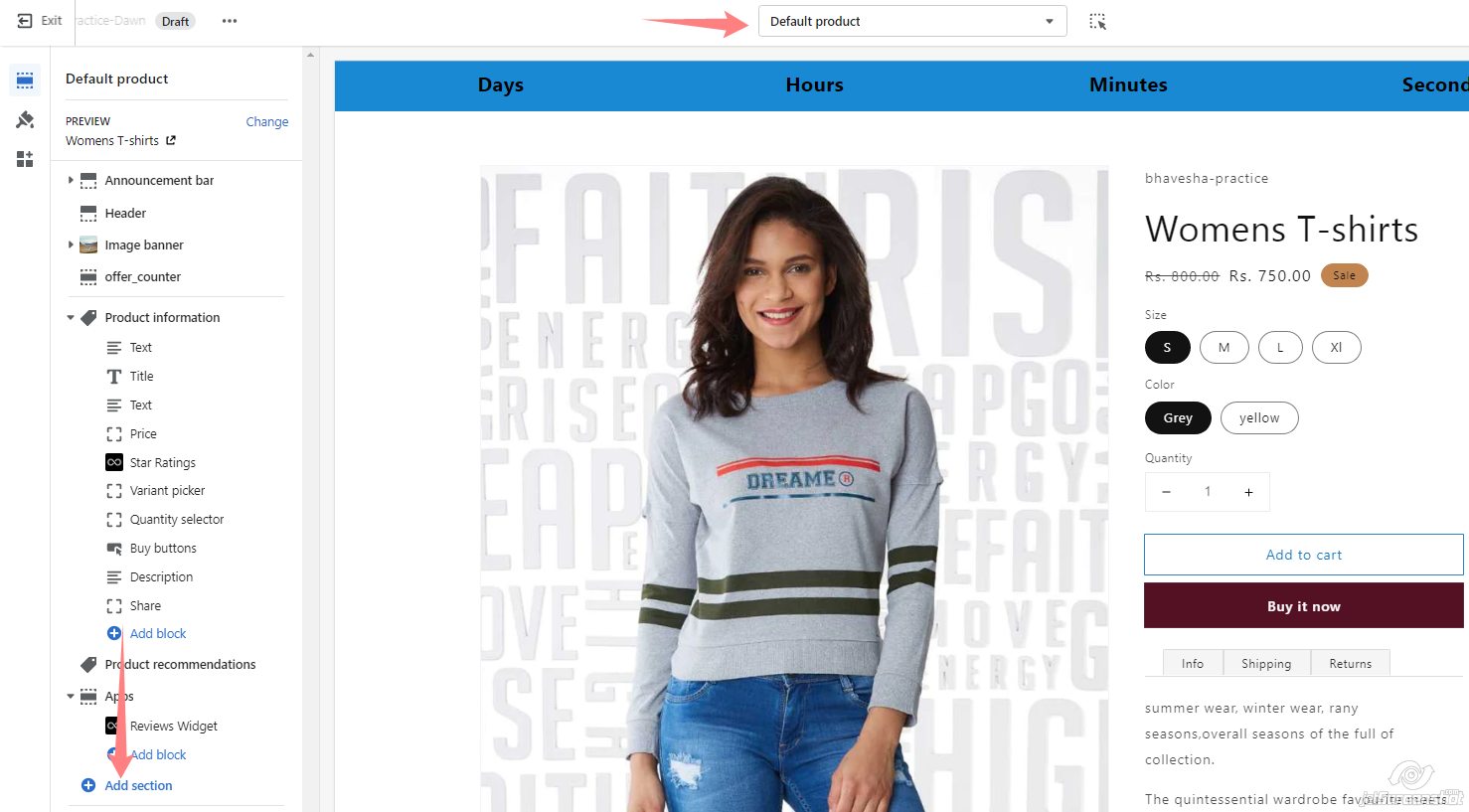
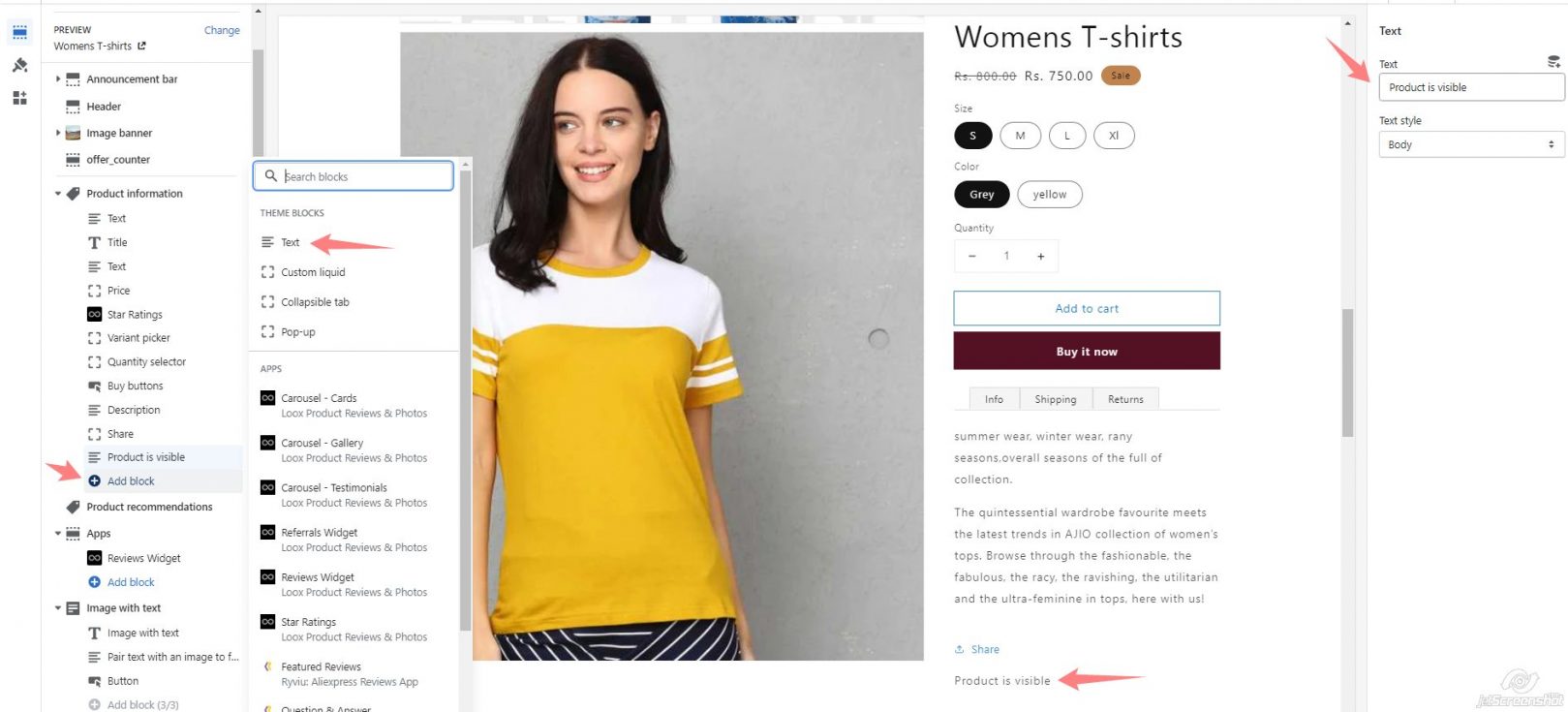
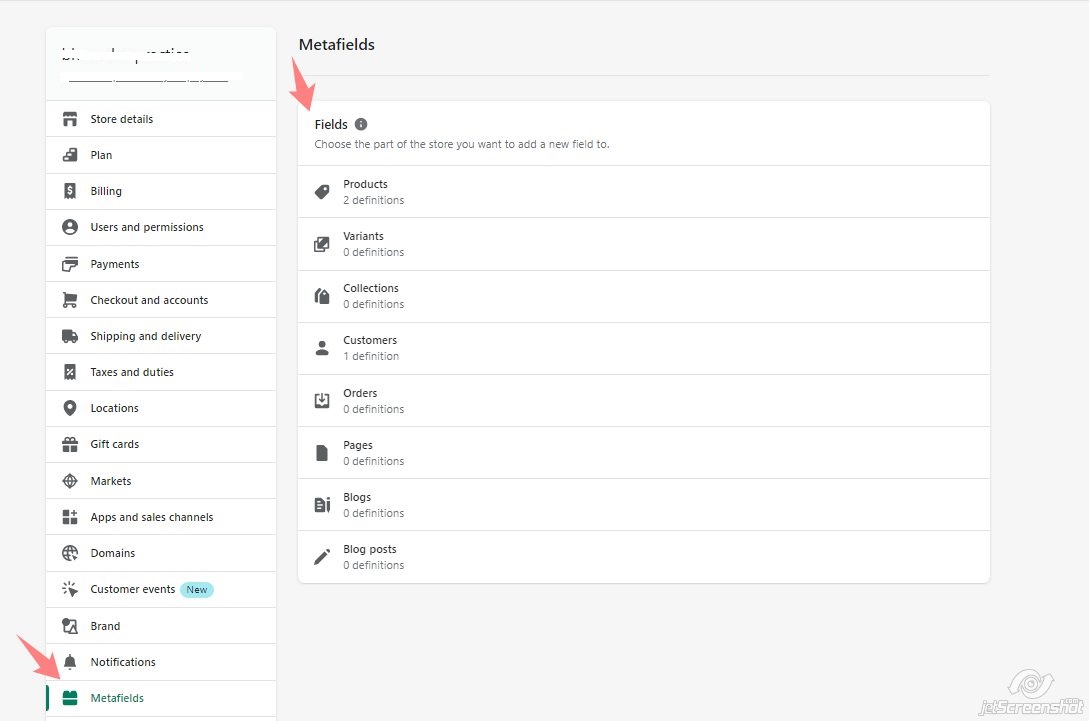
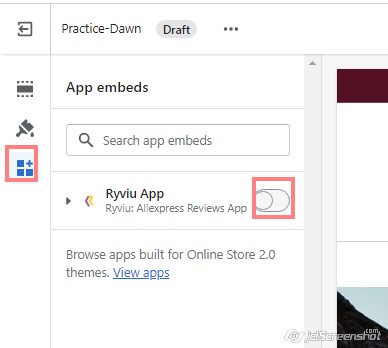
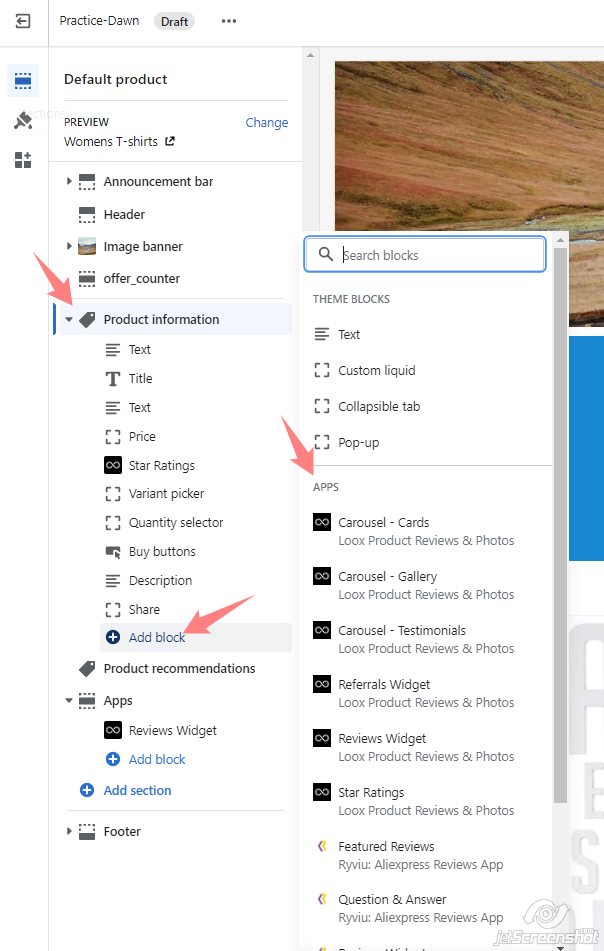



Thank you so much for sharing great information.